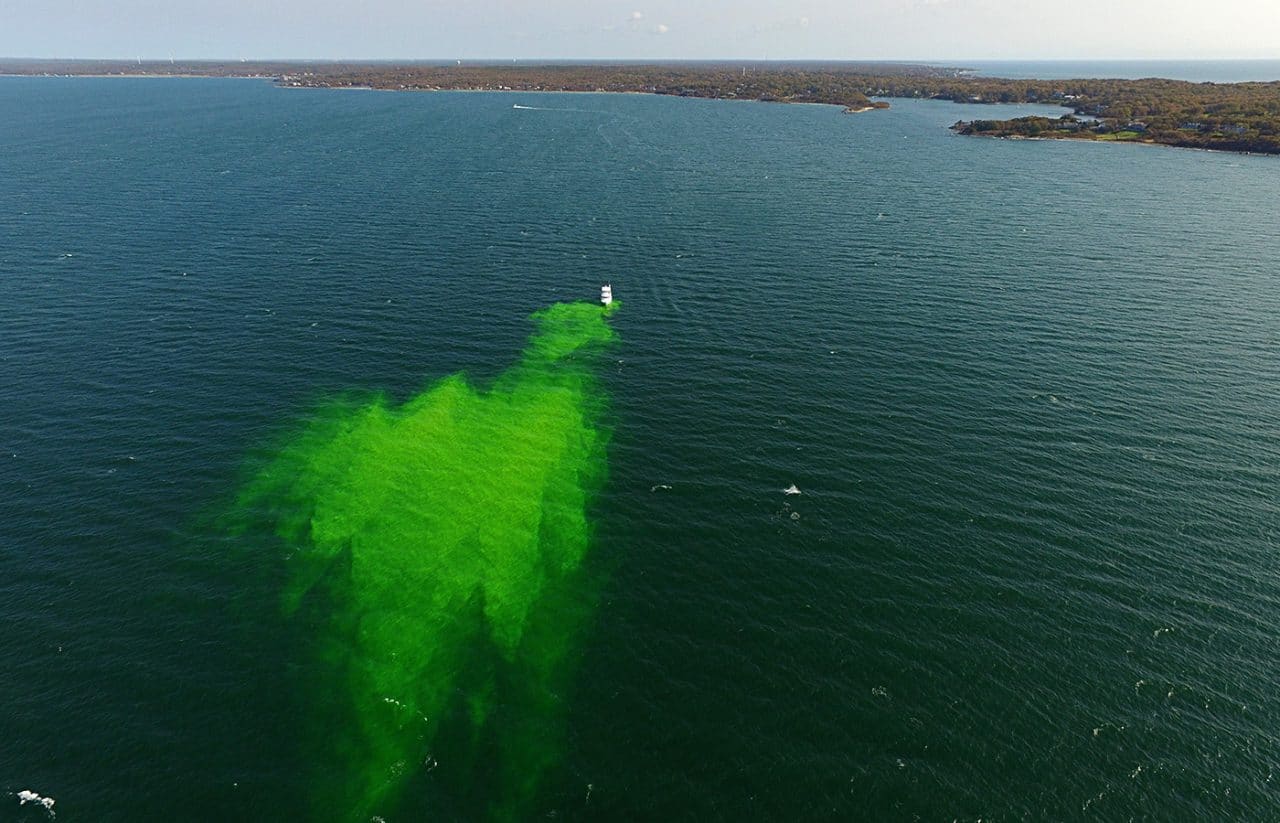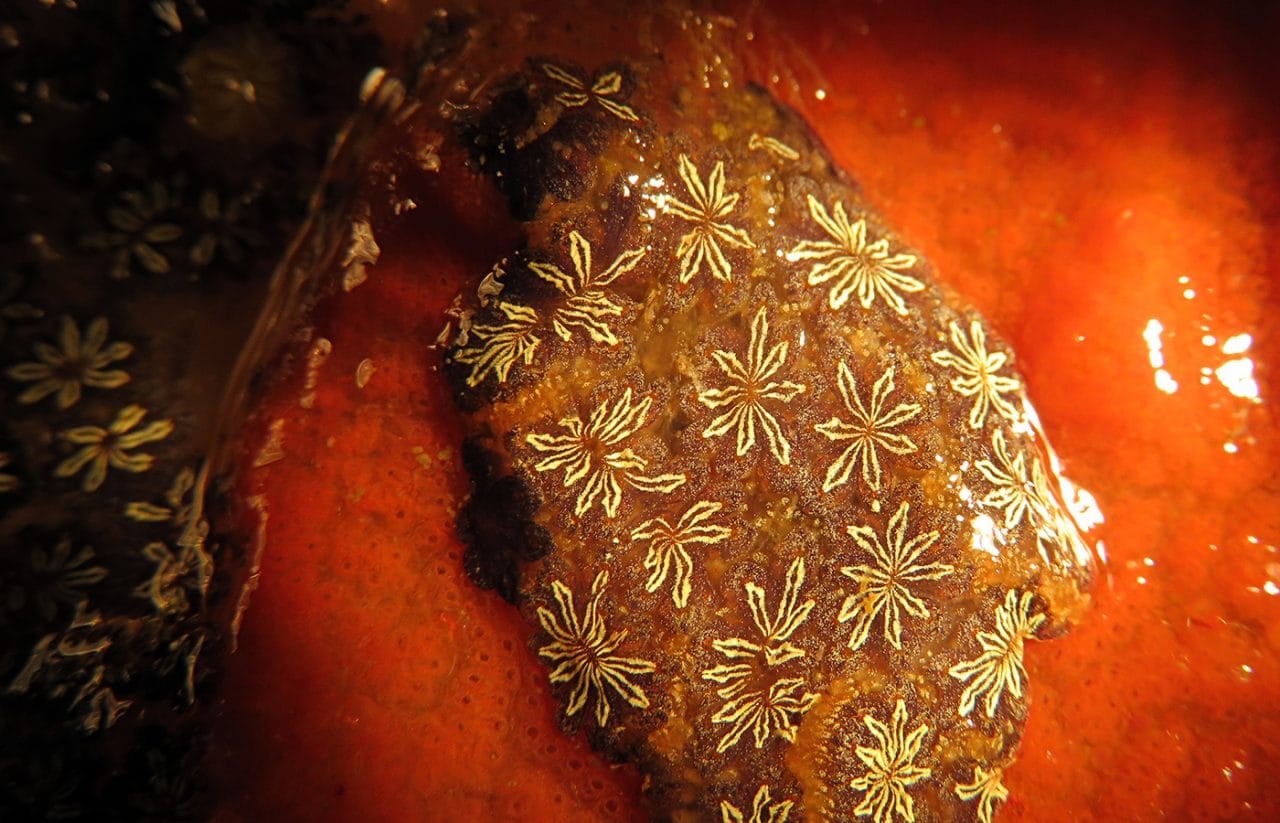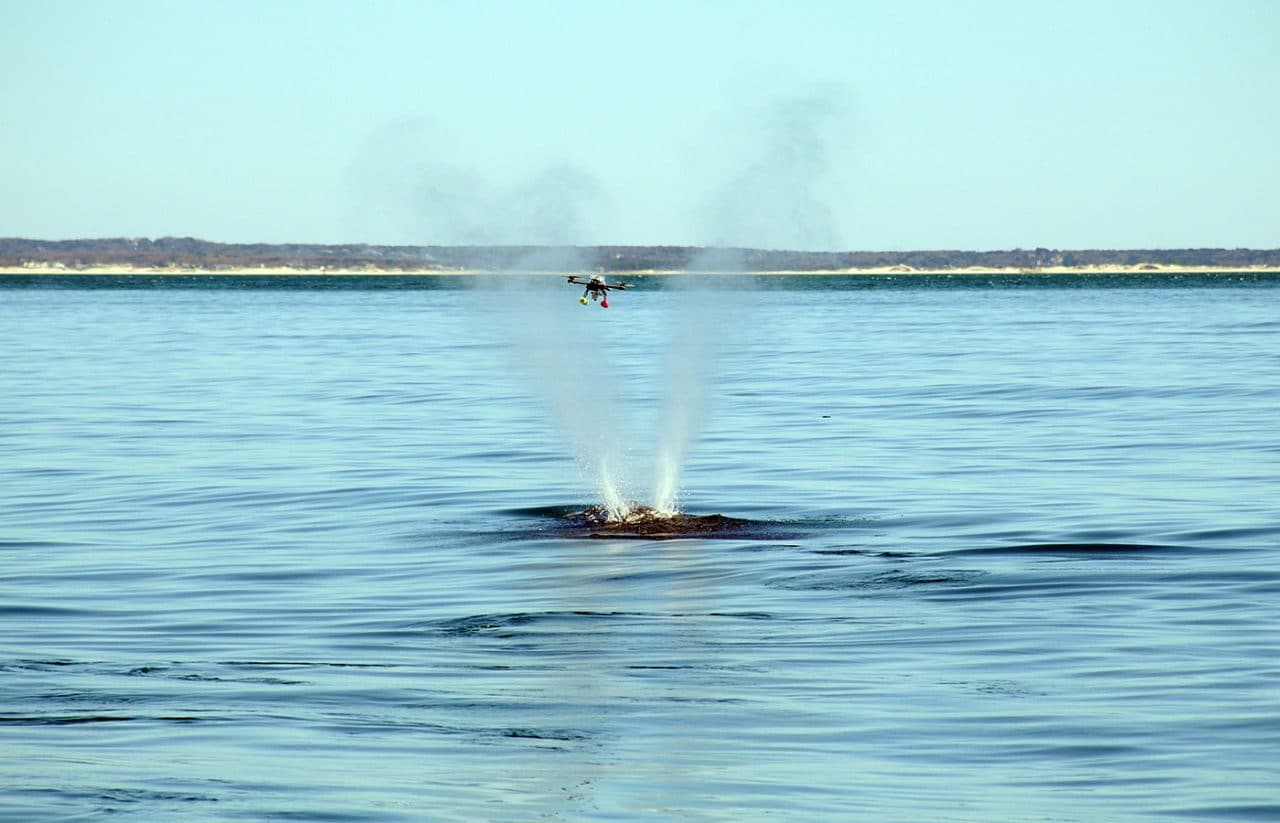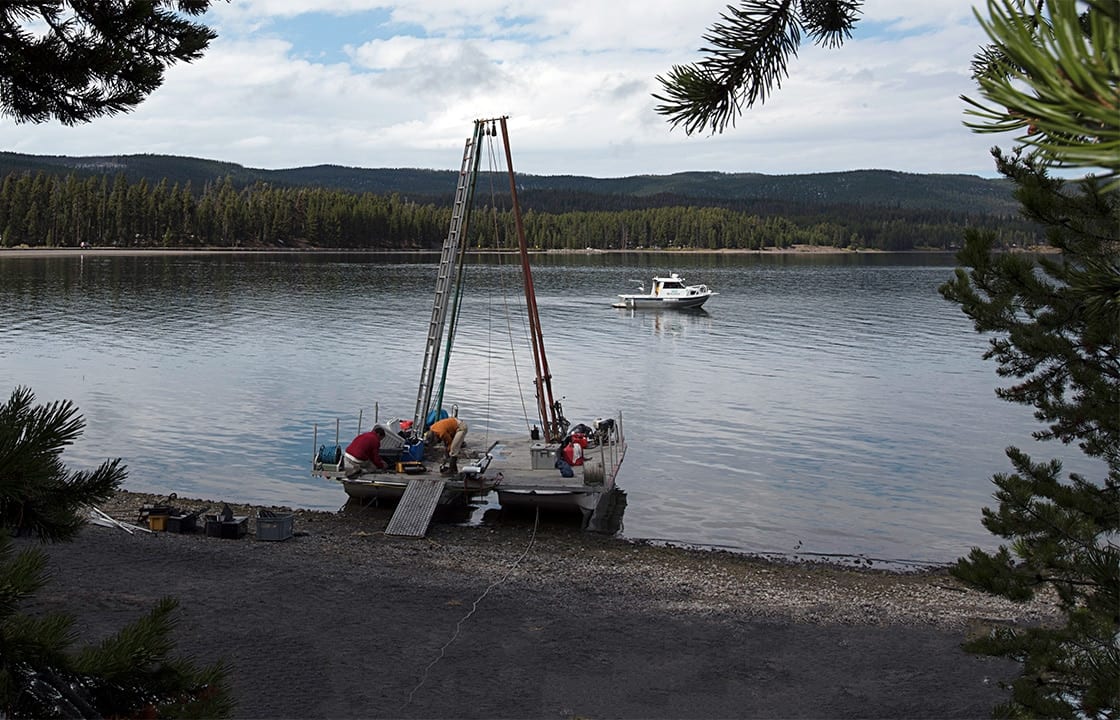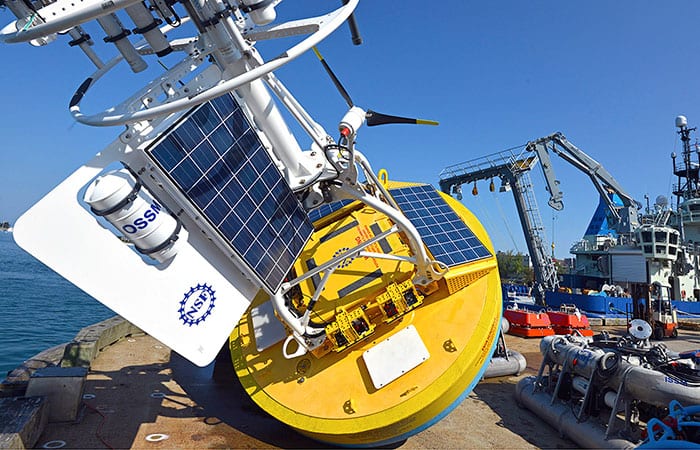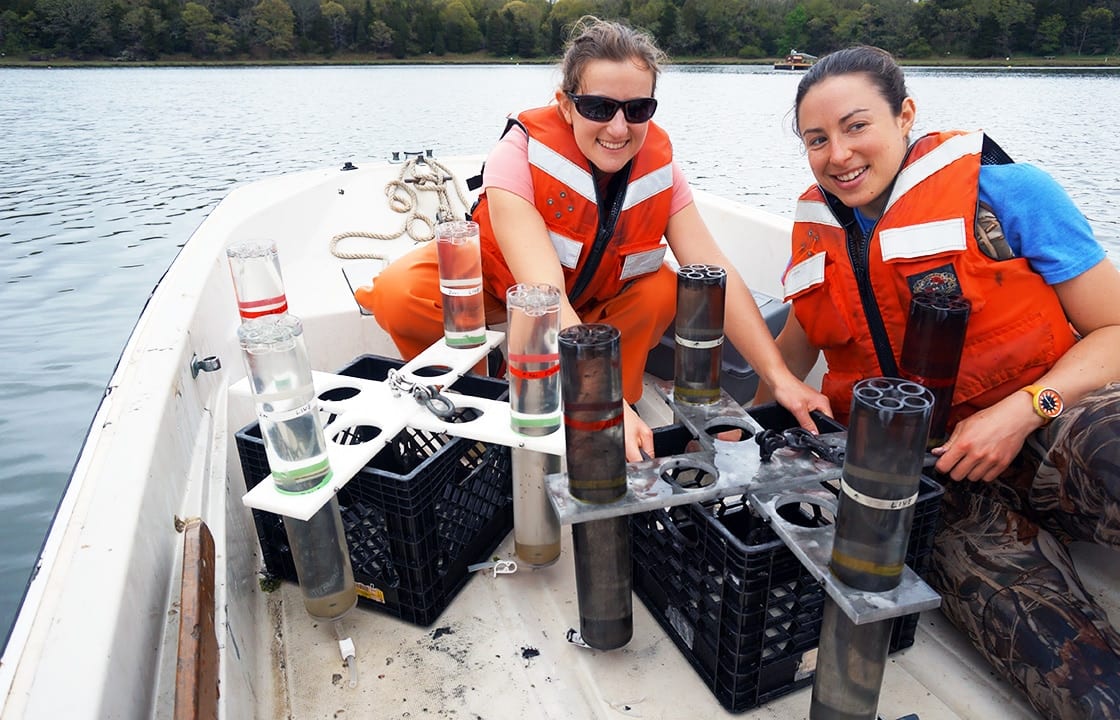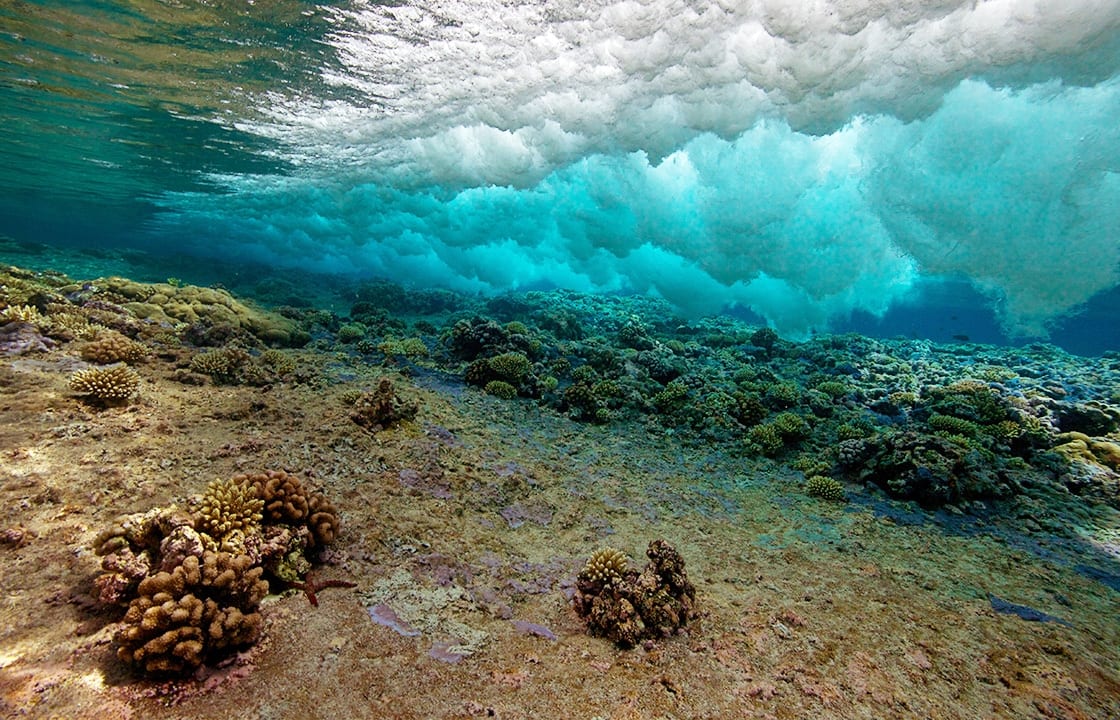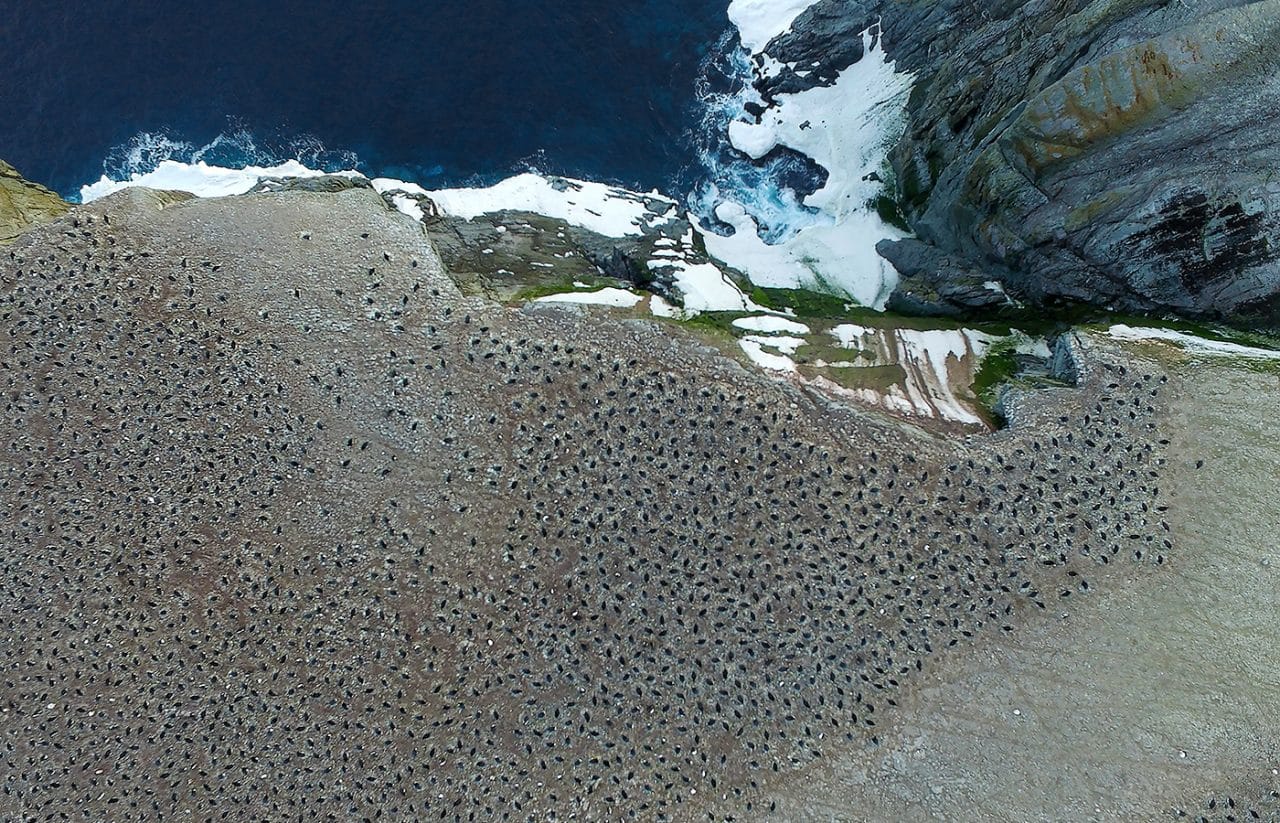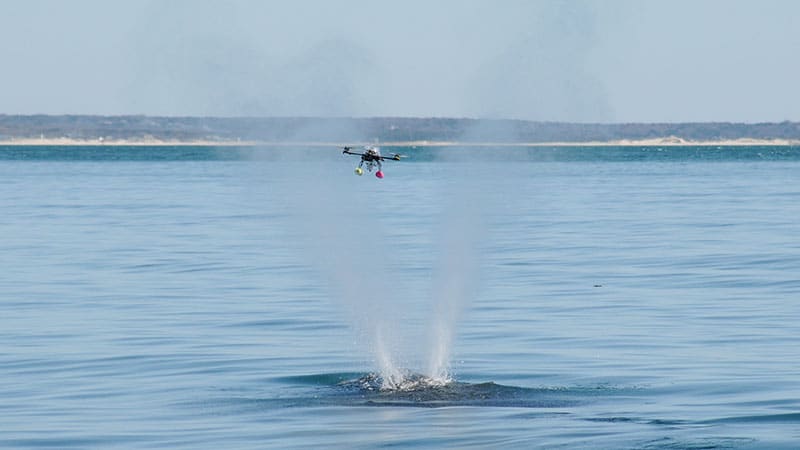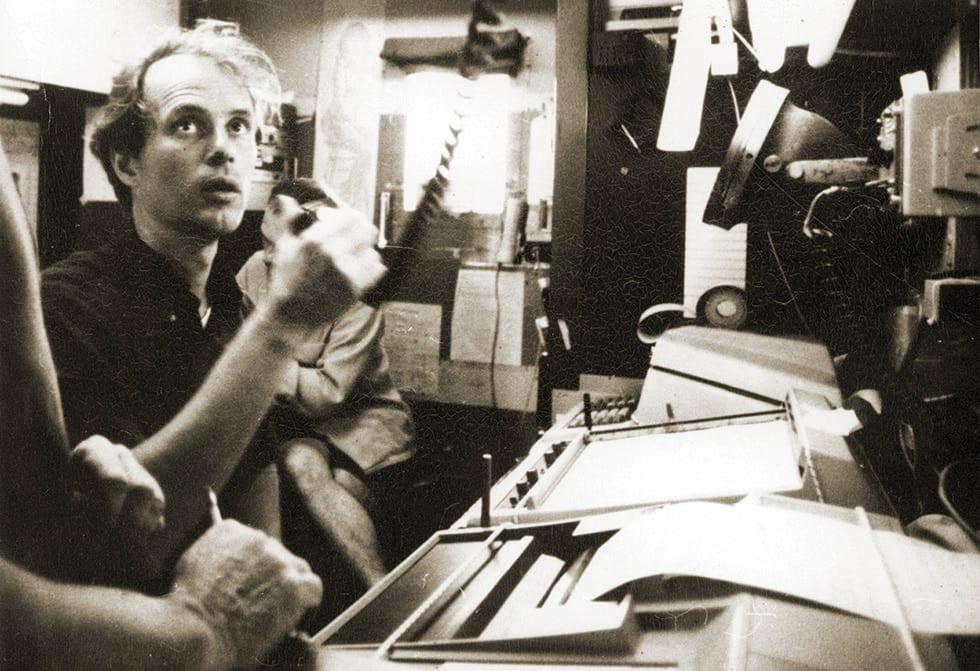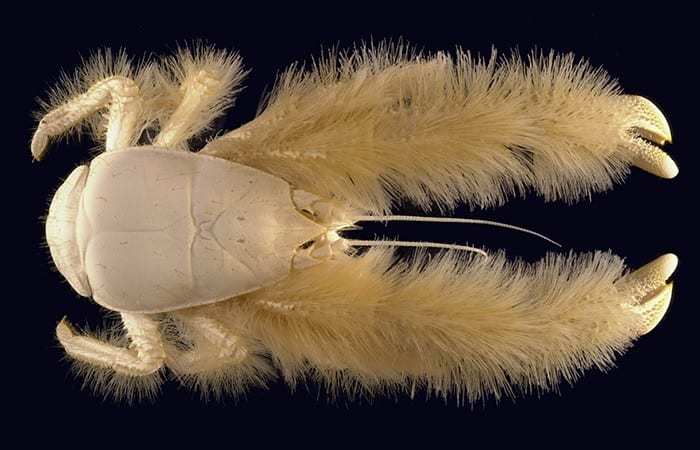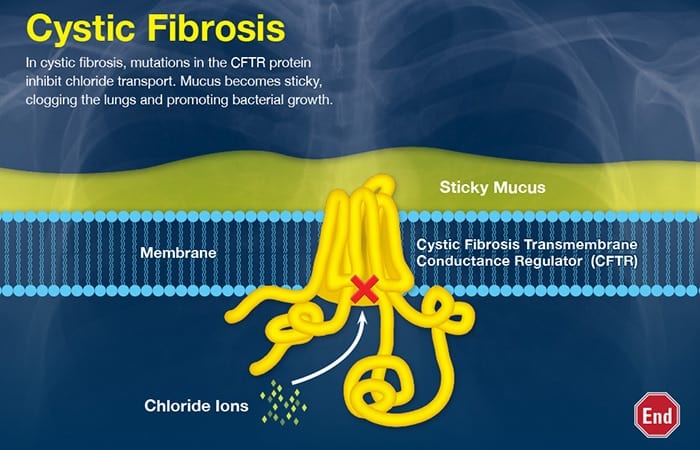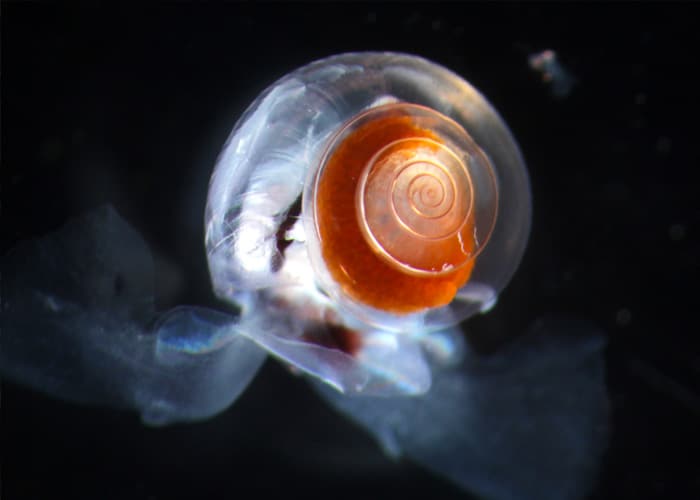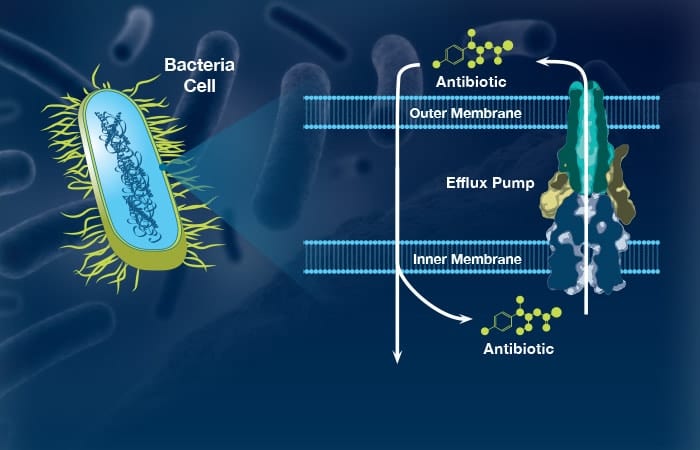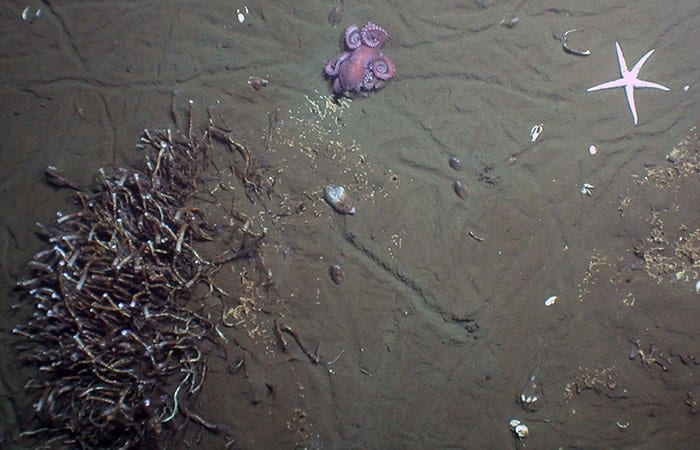Slideshow
Investigating Oil from the USS Arizona
To Track an Oil Spill
WHOI scientists are helping to develop a robotic underwater vehicle that can track oil spills and help responders mitigate damage in remote or ice-covered areas such as the Arctic Ocean and the Great Lakes.
Read MoreWho Grows There?
Biofouling organisms—barnacles, tunicates, bryozoans, and other marine invertebrates—are a common sight on docks, ship hulls, rocks, and other hard underwater surfaces. WHOI postdoctoral scholar Kirstin Meyer has been studying the fouling community in coastal waters of Woods Hole, Mass., to assess how it develops and changes over time. Her preliminary results suggest that both water temperature and competition play a key role in driving community composition.
Read MoreScientists Reveal Secrets of Whales
Researchers have known for decades that whales create elaborate songs. But a new study has revealed a component of whale songs that has long been overlooked—sort of a booming baseline…
Read MoreThe Hot Spot Below Yellowstone Park
WHOI scientist Rob Sohn brought an arsenal of deep-sea technology normally used to explore the seafloor to the bottom of Yellowstone Lake, where a team of researchers investigated the subsurface geothermal activity hidden from view in the national park.
Read MoreOcean Observatories System Is Up and Running
The Ocean Observatories Initiative has reached a major milestone: Its network of ocean sensor systems is now fully operational and sending a broad, continuous stream of data back to shore. Funded by the National Science Foundation with a planned life of 25 years, the OOI provides online access to a growing trove of multidisciplinary oceanographic data, freely available to researchers, educators, and the public worldwide.
Read MoreNot Just Another Lovely Summer Day on the Water
It looks like nice summer day on the water, but Alexis Fischer (right) and Alice Alpert, graduate students in the MIT-WHOI Joint Program, are hard at work preparing instruments called…
Read MoreCoral Coring
Off a small island in the Chagos archipelago in the Indian Ocean, Woods Hole Oceanographic Institution (WHOI) biogeochemists Konrad Hughen and Colleen Hansel use a special underwater drill to take…
Read MoreSee Those Black Dots? They’re Penguins. Now Count Them.
That’s exactly what a team of researchers from Woods Hole Oceanographic Institution (WHOI) did on a recent expedition to the Danger Islands off the Antarctic Peninsula. The islands are home…
Read MoreEndangered Whales Get a High-Tech Check-Up
Drones seem to be everywhere these days, from backyards to battlegrounds. Scientists are using them too: in this case, to assess the health of endangered North Atlantic right whales. Since drones are small and quiet, they can fly close to whales without disturbing them, bringing back incredibly detailed photographs and samples of microbe-rich blow.
Read MoreAlvin‘s Fun Facts
Here are answers to some of the questions people have asked about the deep-sea research submersible in its first half-century.
Read MoreAlvin‘s Animals
From orange octopi and furry yeti crabs to the largest known anemone, pilots and scientists diving in the Alvin submersible continue to find amazing marine creatures.
Read MoreCystic Fibrosis
Illustration by Eric Taylor, Woods Hole Oceanographic Institution.
Read MoreTiny. Ubiquitous. Vital. Delicate. Vulnerable.
Mining Marine Microbes for New Drugs
The ocean is a combat zone where marine microbes are constantly making chemical compounds to kill competitors or protect themselves. Could some of those compounds lead to pharmaceuticals that could help people?
Read MoreDeep-sea Detectives
Links to related materials Mid-Ocean Ridges—Articles, illustrations, and video showing how new seafloor crust forms Mapping the Seafloor with Multibeam Sonar Profile of Marshall Swartz Story of the SDSL Data-Link…
Read More

